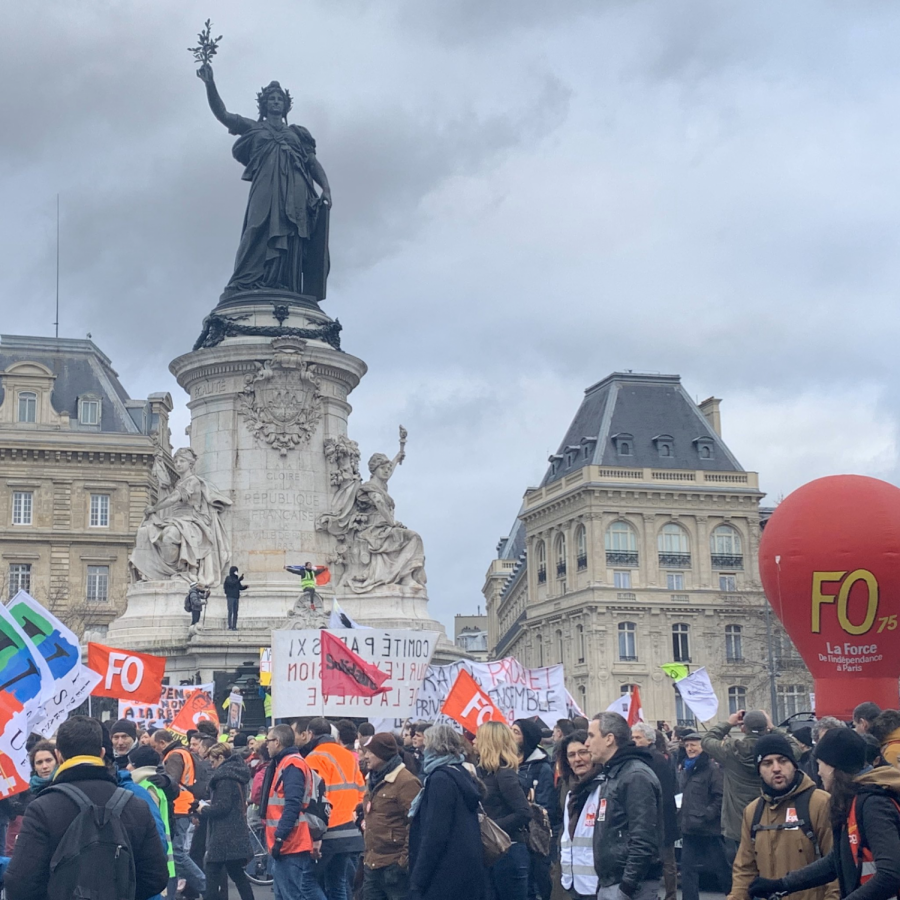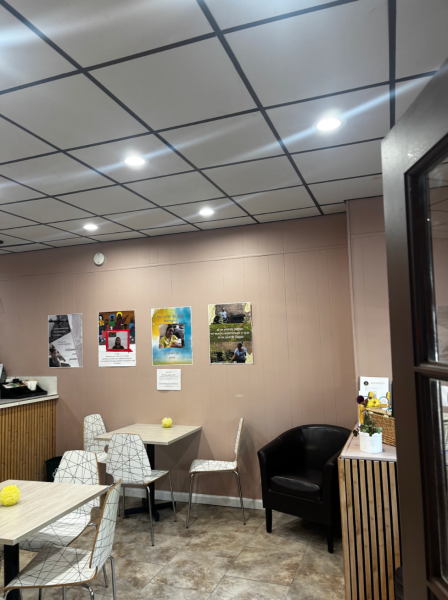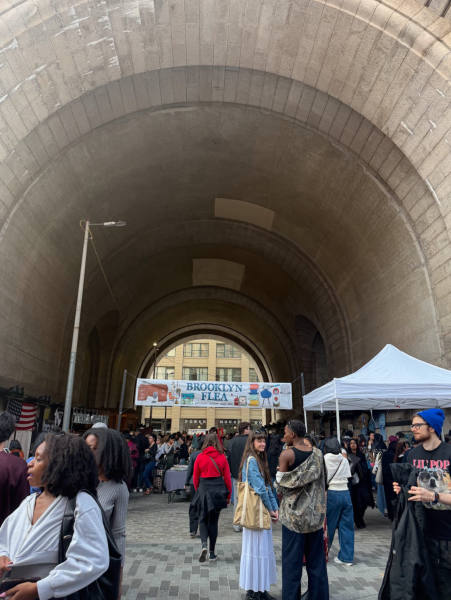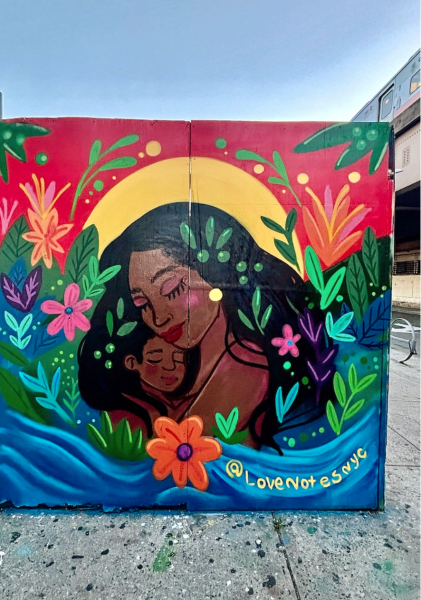Left in Awe at the Yellow Vest Movement in Paris
It is an interesting experience to find yourself an accidental participant in a grassroots political protest abroad.
As a traveler visiting Paris, France several weeks into the 2019 yellow vest demonstrations, I was woefully uneducated on the political unrest in the country.
So when I was walking through Place de la République on my way to some coffee shop I had just found on Yelp to spend what was, to me, an otherwise lazy Saturday afternoon, and a crowd of impassioned protestors quite literally grew around me, I did not at first realize just what I was in the middle of.
The yellow vest movement has its roots in an internet petition created by Priscillia Ludosky in May 2018 which, after revealing that taxes made up half the cost of gas prices in France, called for a decrease in fuel prices that burdened working class citizens with climate change responsibility she felt wasn’t theirs to undertake.
The petition gained significant ground sometime in November of that year and incited protests across the country. Participants were predominantly workers who relied on their cars to get to work each day and lived in rural towns or outside of major cities.
Organizers encouraged protestors to wear the high-visibility yellow vests that every driver must carry by law (in case of roadside trouble) in solidarity with the movement’s initial fuel-related goals. Now, the iconography of the yellow vest is recognized as a symbol of both grassroots change and populist ideology, as the movement has since expanded to serve as a larger challenge to the general policies of President Emmanuel Macron’s centrist administration.
On Jan. 4, I casually walked through Paris, slightly deficient in caffeine but nonetheless full of wonder at the beautiful city. I saw the statue of Marianne towering in the distance, standing tall and poking the clear blue sky with her symbolic olive branch.
Then I began to notice trickles of grey smoke climbing up her arm. I started to pick up the sharp sound of whistles in the distance. Surrounding pedestrians hastened at an alarming rate, and I looked around to find rows of French police standing behind intimidating walls of plexiglass riot shields.
It was not until I noticed a dynamic herd of neon pushing toward me with audible fervor that I understood I was witnessing a gathering of the yellow vest protestors.
After the initial and frightening confusion came to pass, I found myself first and foremost enamored with the workers’ democratic initiative. It was energizing to be a firsthand witness to the yellow vests’ sustained action as workers, citizens and people — in short, participants of society — who were challenging frameworks they felt weren’t supporting them as they deserved.
I had stumbled onto the event because of my personal ignorance, but I was directly implanted into its spirit of change because of the protestors’ passion.
When it comes to political action, there is a fine line to walk between active participant and objective observer; a boundary one does not want to cross if they don’t think theirs is an opinion worthy of a say in the matter.
However, as I witnessed hundreds of yellow vests marching onward, under Marianne’s gaze and through cobblestone streets that have seen centuries of (sometimes violent) civilian action, it took some sustained effort to remind myself I was simply a bystander.
I left Paris with a reinforced sense of awe at the power of collective action and a renewed understanding of the contagion that is activism. For Americans, such reminders are crucial in reinvigorating the spirit of those fighting for change in our country.
Since returning to New York, I have tried to keep up with the ongoing developments of the yellow vest movement, though I will never be so close as I was that incidental day in Paris. The French government formally unveiled its controversial pension reform on Friday, just as a man named Philippe Martinez stepped up to become the public face of its opposition.
I am interested to see how the movement will continue to unfold, what it will mean for French workers and what type of example it will set for the world.
For now, several thousand miles away, I’ll just have to concede the foreign correspondence to the professionals.










































































































































































































